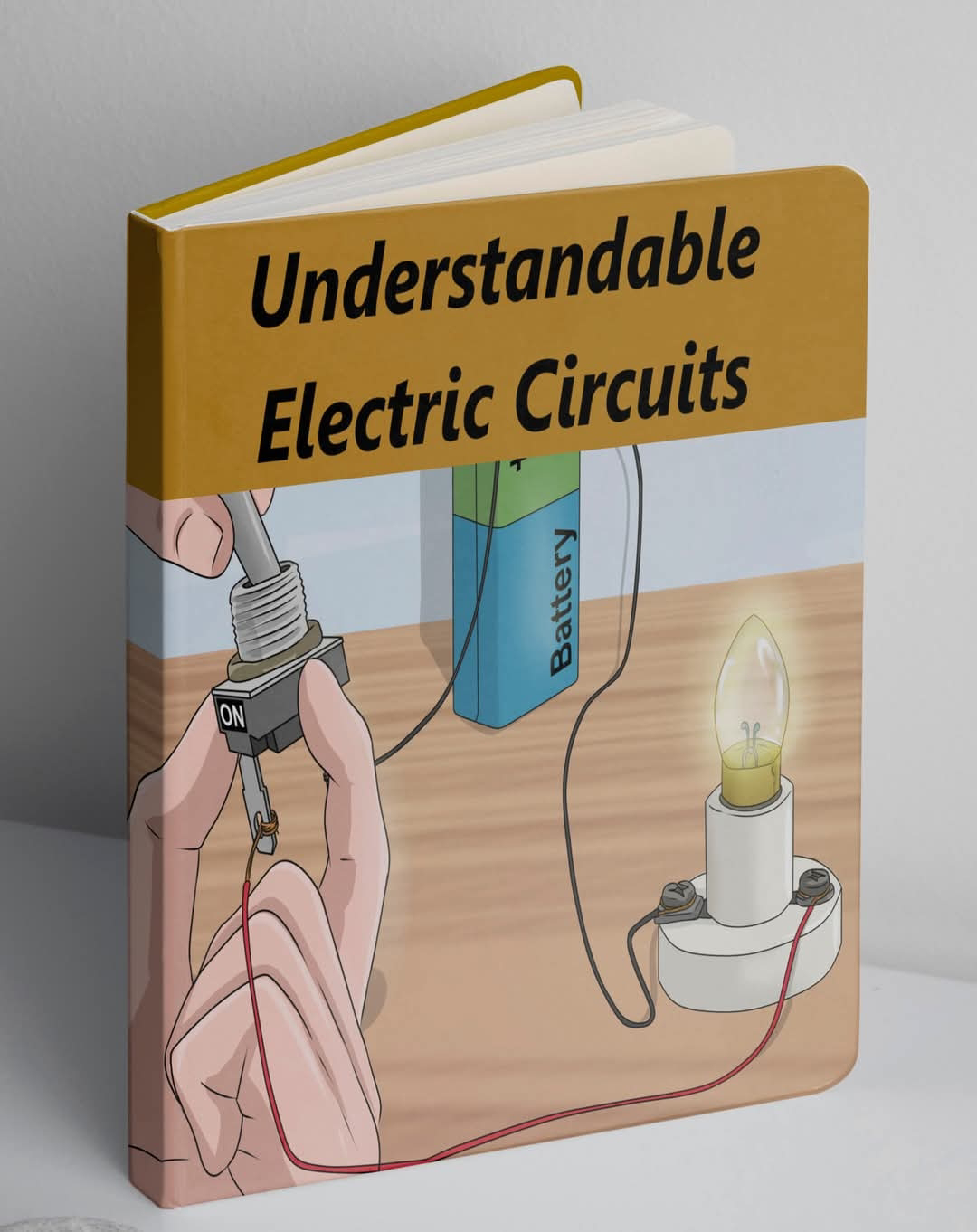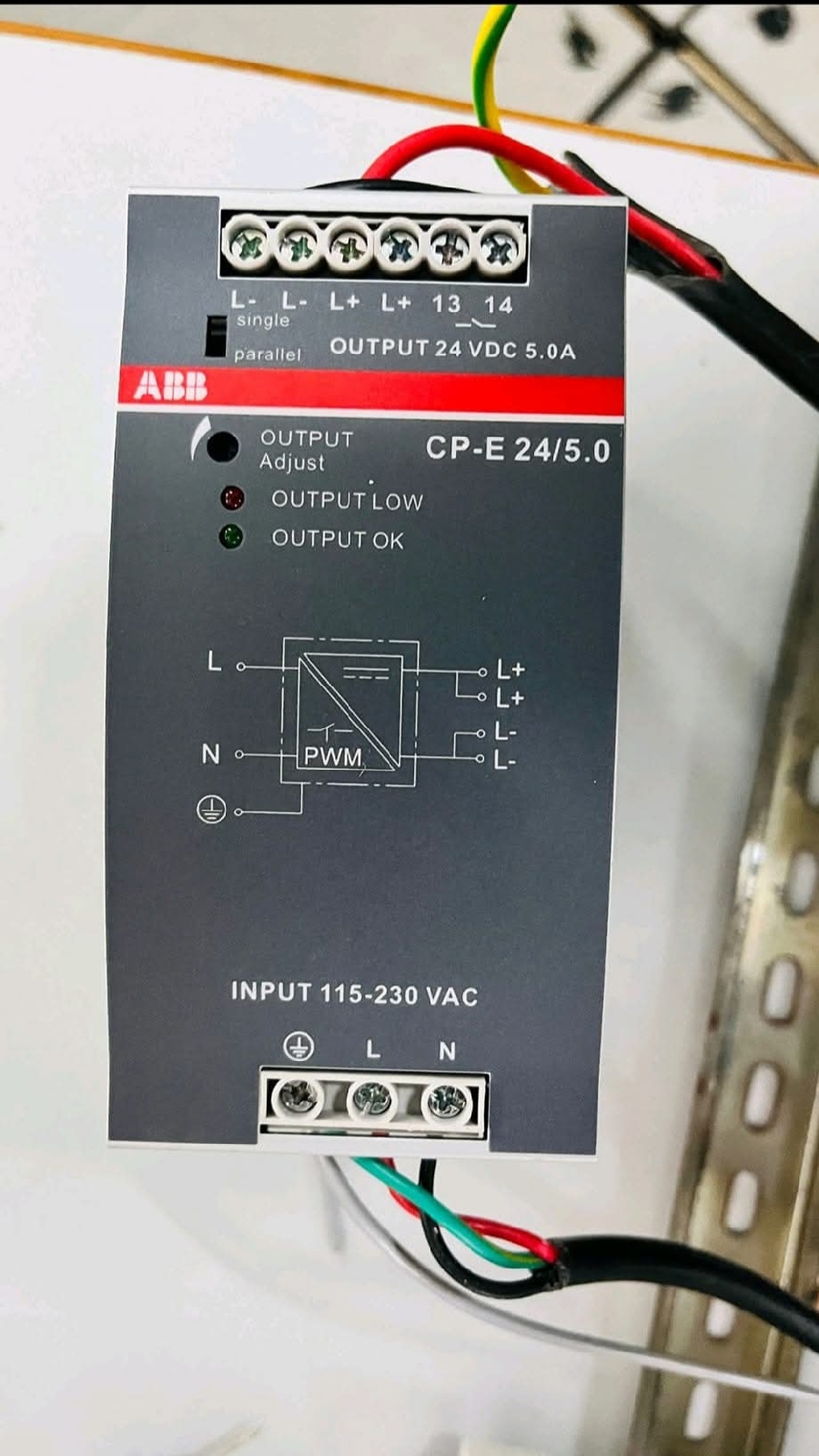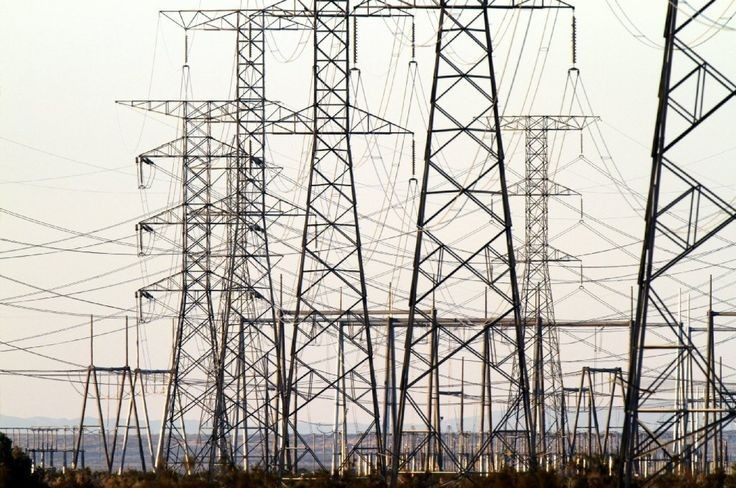Generators need to maintain a constant speed primarily because the frequency of the electrical output is directly proportional to the speed of the rotor.
Here's a breakdown of why this is important:
1. Frequency Stability:
• In most electrical grids, the standard frequency is either 50 Hz or 60 Hz. The frequency of the AC (Alternating Current) output from a generator is determined by the number of magnetic poles in the rotor and the speed at which it rotates. For instance, in a 4-pole generator, the speed required for 60 Hz would be 1800 RPM (revolutions per minute), calculated as:
Speed (RPM)
=120 × Frequency (Hz) / Number of Poles
• If the speed fluctuates, so does the frequency, which can disrupt the synchronization with the grid or cause problems with devices that expect a stable frequency.
2. Voltage Regulation:
The speed of the generator also affects the voltage output. Although voltage can be regulated with an Automatic Voltage Regulator (AVR), significant speed variations can still lead to voltage instability, which can harm electrical equipment or cause inefficiencies in power distribution.
3. Synchronization with the Grid:
For generators connected to an electrical grid, they must synchronize with the grid's frequency. Any deviation in speed can lead to synchronization issues, potentially causing power outages or damaging equipment due to out-of-phase connection.
4. Efficiency and Performance:
Constant speed ensures that the generator operates within its designed parameters, optimizing efficiency and performance. Variable speeds can lead to mechanical stress, increased wear, and tear on the generator components, reducing the lifespan of the equipment.
5. Load Handling:
Maintaining a constant speed helps in evenly distributing the load across the generator's capacity, ensuring that it can handle peak loads without overheating or underperforming at low loads.
In summary, keeping a generator at a constant speed is crucial for maintaining the quality of electrical power (frequency and voltage), ensuring safety and efficiency in operation, and prolonging the life of the equipment. This is why governors are used in generators to control and maintain the speed.













